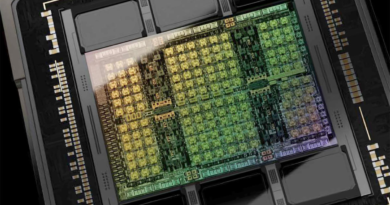Ford Moves to Ensure Supply of Chips and Guide Their Design (Published 2021) – The New York Times
Advertisement
Supported by
The automaker will team with GlobalFoundries on producing and developing semiconductors, crucial parts that have been in short supply.
Neal E. Boudette and
With increasingly sophisticated cars devouring more and more computing power, a shortage of semiconductors has vexed automakers and disrupted production around the world.
Ford Motor moved Thursday to address that challenge, announcing a collaboration that could give the company more control over both the supply and the design of its chips — the brains needed to control engines, transmissions, brakes, infotainment systems and more.
Ford said in a statement that it had signed a nonbinding agreement with the U.S.-based semiconductor supplier GlobalFoundries to collaborate on developing chips for Ford vehicles, and that the companies would explore expanding domestic chip production.
Chuck Gray, Ford’s vice president for vehicle embedded software and controls, said that even with the new partnership, the automaker expected chip supply to remain uneven for some time. “We still think there’s going to be fits and starts going into next year,” he said.
But he added that working with GlobalFoundries should enable Ford to start having a hand in designing some of its own computer chips.
Until recently, many auto components could easily be controlled by generic computer chips. But that is no longer the case, as manufacturers add increasingly complex features such as battery monitoring, advanced driver-assistance systems and networking services.
We are having trouble retrieving the article content.
Please enable JavaScript in your browser settings.
Thank you for your patience while we verify access. If you are in Reader mode please exit and log into your Times account, or subscribe for all of The Times.
Thank you for your patience while we verify access.
Already a subscriber? Log in.
Want all of The Times? Subscribe.
Advertisement

